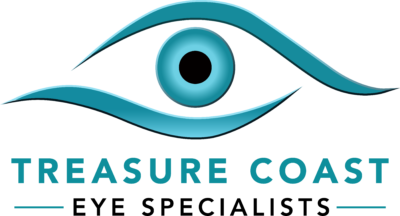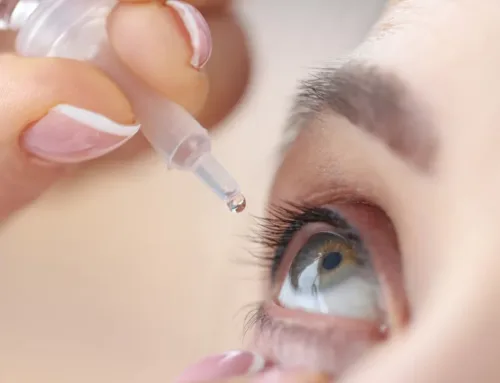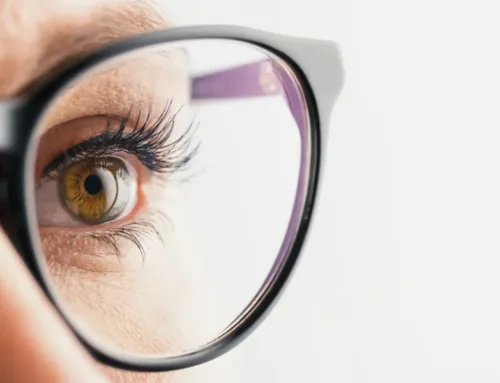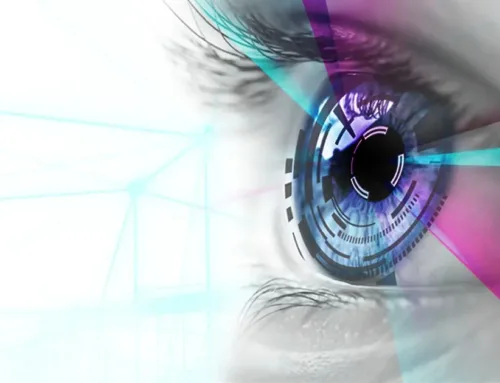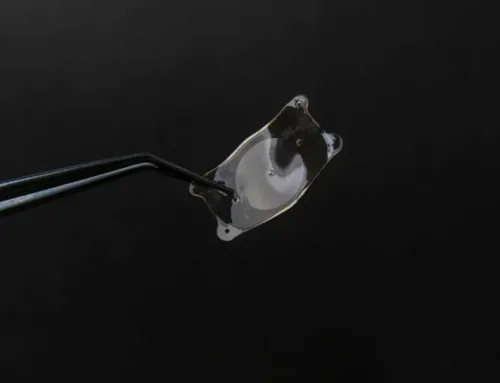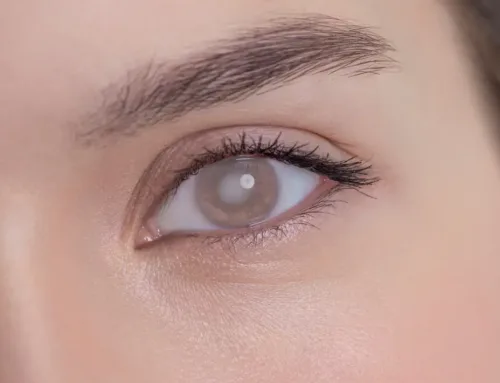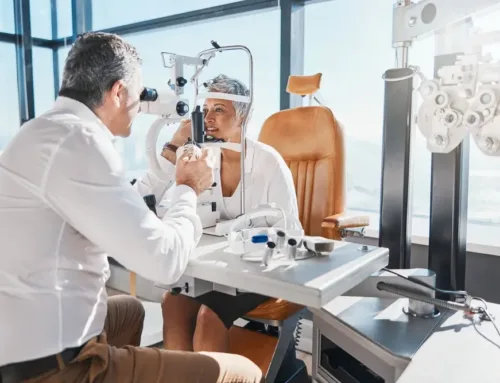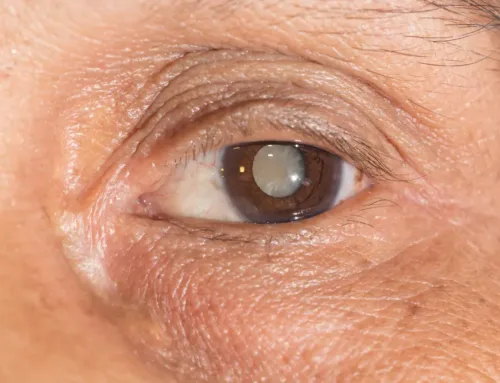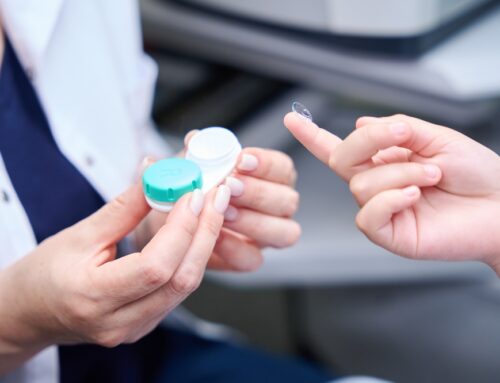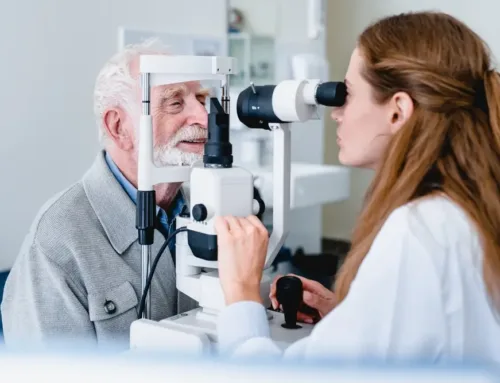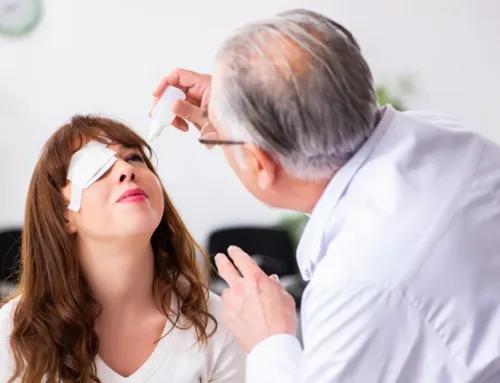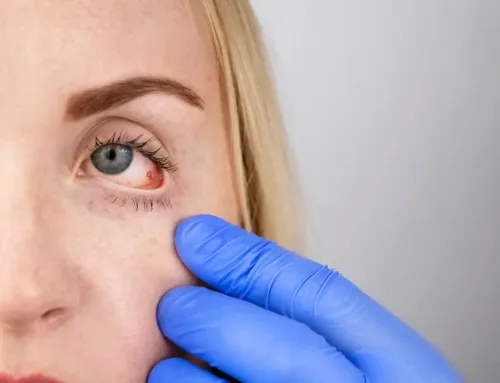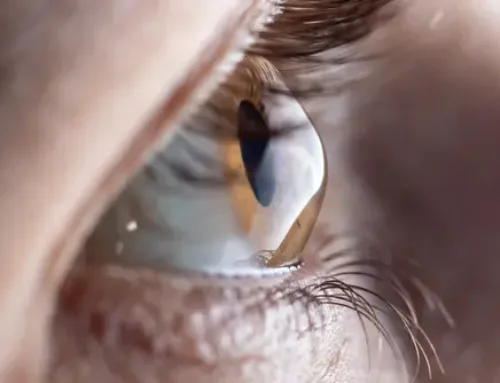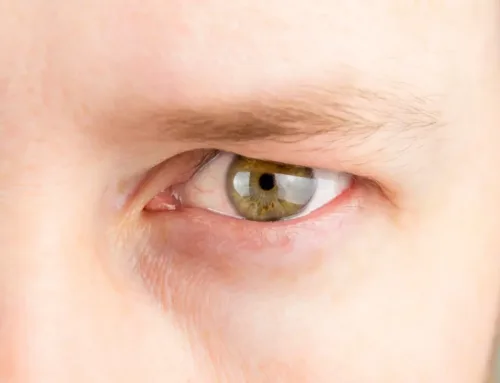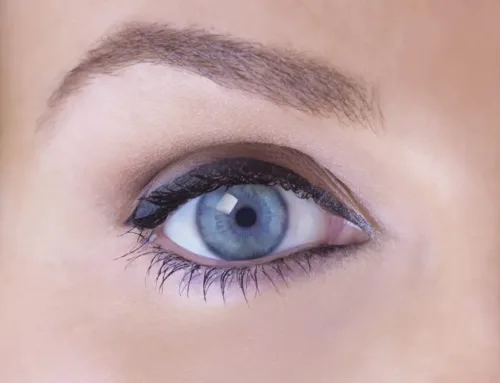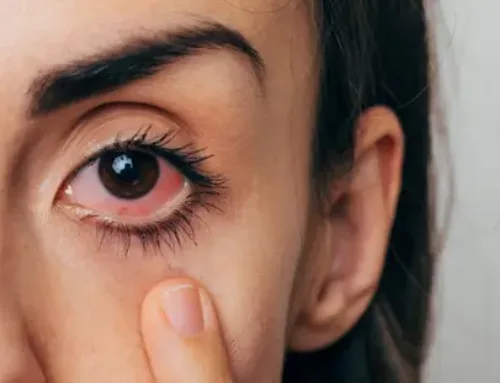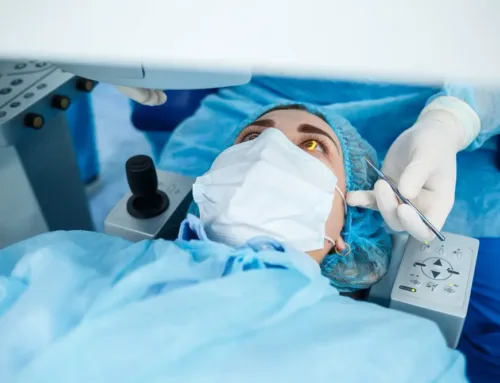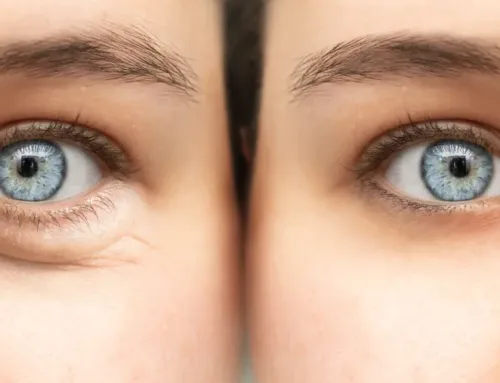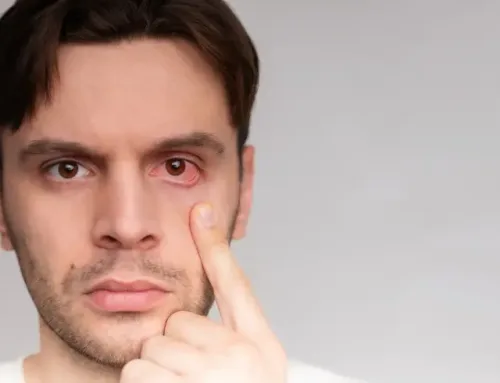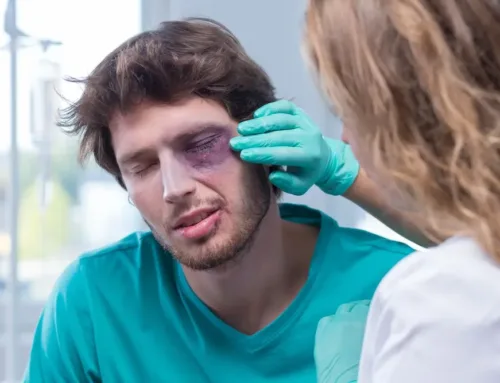An optometrist or ophthalmologist can diagnose the condition by conducting an eye exam and reviewing your family and medical history.
What Causes Keratoconus?
A normal cornea should have a dome shape like that of a ball. Keratoconus happens when the structure around the cornea cannot hold the dome shape, causing it to bulge outwards. The bulging takes place when the protective oxidants are not enough in your cornea.
Your cornea produces unwanted by-products like a car that releases exhaust fumes. Antioxidants get rid of the dangerous substances to protect collagen fibers. If the antioxidant levels lower, the collagen grows weak and causes your cornea to bulge.
The cause of keratoconus is not clear. However, there are several factors linked to the condition:
- Family history – If you have someone in your family with keratoconus, there is a high possibility you can get it. Go for regular eye exams to mitigate your risks
- Disorders – Several studies have linked keratoconus with a few disorders. These studies link Down syndrome, osteogenesis imperfecta, retinitis pigmentosa, and Ehlers-Danlos syndrome to keratoconus
- Age – Keratoconus usually starts in the teenage years. It can also show up during early childhood or in your thirties
- Eye rubbing – Keratoconus development can speed up if you habitually rub your eyes hard. Eye rubbing can cause damage to your cornea over time
- Inflammation – Asthma, atopic eye disease, and allergies can cause inflammation that can damage your cornea tissue
Symptoms Of Keratoconus
Keratoconus can alter your vision in two ways. One way is through irregular astigmatism caused by the cornea changing to a cone shape. Change in this manner causes the surface of your eye to be wavy. The second way is by causing nearsightedness to your vision because of the expansion at the front.
You can also experience the following signs and symptoms if you have keratoconus:
- Blurry vision
- Streaks of light
- Halos around bright lights
- Blurry objects both near or far
- Double vision when seeing with one eye
Corneal Crosslinking Procedure
Corneal crosslinking treats keratoconus. Your doctor uses eye drops and ultraviolet light from a machine to strengthen the tissues of your cornea. The goal of the surgery is to stop the continuous bulging of the cornea. The treatment adds bonds between collagen fibers in the eye, hence the name crosslinking. The bonds work as beams to support the cornea.
Who Should Get Corneal Crosslinking?
Corneal crosslinking does not reverse changes that have already happened to your cornea. It is a treatment that helps prevent the changes from becoming worse. This treatment has the potential to slow the progression of keratoconus and prevent you from needing a cornea transplant.
The primary purpose of corneal crosslinking is to stop the progression. The best candidate for this treatment should have progressive keratoconus based on the shape of their cornea.
Risks
Corneal crosslinking can cause risks like any other surgery. The risks may include:
- Eye swelling
- Vision problems such as hazy or blurry vision
- Damage to your cornea
- Eye pain
- Eye infection
For more on when to perform corneal crosslinking for keratoconus, visit Treasure Coast Eye Specialists at our office in Port Saint Lucie or Stuart, Florida. You can also call 772-400-2400 or 772-286-0007 to book an appointment today.

